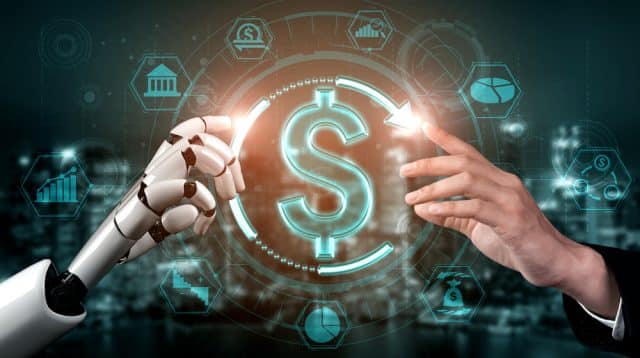

In common with many industries, the digital transformation era has ushered in a paradigm shift in the tax and accountancy sectors. This has placed automation and artificial intelligence (AI) at the center of operational innovation, efficiency and competitive advantage. In doing so, these and other technologies are redefining the way industry professionals approach their work, with profound implications for the future.
Among the key questions this creates are: what does this all mean for human skillsets and expertise, and how can businesses balance these changes with uniquely human capabilities, ensuring that one complements the other? In looking for answers, there are several key areas to consider:
The role of AI and automation in reshaping workflows
Across the tax and accounting sectors, professionals invest huge amounts of time and effort to build their understanding and experience of complex data and processes. The arrival of automation and AI technologies undoubtedly offers significant time and cost savings, eliminating some of the more tedious aspects of their work. However, this shift towards automation is raising concerns about the potential erosion of vital human skills.
To strike the right balance, organizations should consider that, in the context of tax and accounting, the integration of AI and automation isn’t about replacing human expertise — it’s about enhancing it. By automating routine tasks, professionals are freed up to focus on areas that require human judgement, such as strategic planning, complex problem-solving, and nuanced decision-making. This approach not only increases efficiency but also enriches job satisfaction by supporting employees to engage in more intellectually stimulating and value-added activities, which in turn fosters an environment where human creativity and strategic thinking are at the forefront.
Investing in the future
For the digitally native generation, such as Gen-Z, integrating the latest technological advancements into their roles is a significant plus point when considering career paths and specific job opportunities. This demographic is particularly adept at using technology to streamline processes and analyze big data, amongst a myriad of other daily tasks, seeing automation and AI tools not as a threat but as an enabler that helps deliver greater efficiency and productivity. Consequently, businesses need to recognize and harness this enthusiasm for technology, channeling it towards productive and strategic business outcomes.
Similarly, Learning and Development (L&D) departments play a pivotal role in this balancing act. Against the backdrop of a global skills shortage, it is vital that L&D initiatives focus on strategic approaches that attract and retain top talent. This should involve providing continuous training and development opportunities, enabling employees to augment their skills and work with AI and automation. This should also involve reskilling and upskilling the workforce to ensure everyone is equipped for a rapidly evolving technological landscape and has an equal opportunity to thrive.
The integration of AI and automation also presents an opportunity to reshape leadership roles and decision-making processes. With more data-driven insights at their disposal, leaders can make more informed decisions, leveraging the analytical strengths of AI while bringing their own experience and intuition into play.
Balancing technological advancement with human insight
Think of it this way: the future of work in the tax and finance sector is not a binary choice between human and artificial intelligence. It’s harnessing the strengths of both to create a collaborative and innovative working environment.
To achieve this, it is essential to involve employees in the implementation and continuous refinement of advanced tools and services. By doing so, organizations can ensure that these systems are not just technologically sound but also aligned with the needs and insights of those who use them. Continuous monitoring and evaluation of these systems are crucial to ensure they serve their intended purpose and adapt to evolving business needs.
The intersection of AI and automation with human expertise in the tax and finance industry represents a unique opportunity. By striking the right balance between these elements, organizations can unlock new levels of efficiency, creativity and employee satisfaction. The path forward is not about choosing between technology and human talent but about leveraging each to complement and enhance the other. In doing so, businesses can navigate the complexities of the digital age with a workforce that is both technologically adept and rich in human insight.
Image credit: BiancoBlue/depositphotos.com

Russell Gammon is Chief Solutions Officer at Tax Systems.
